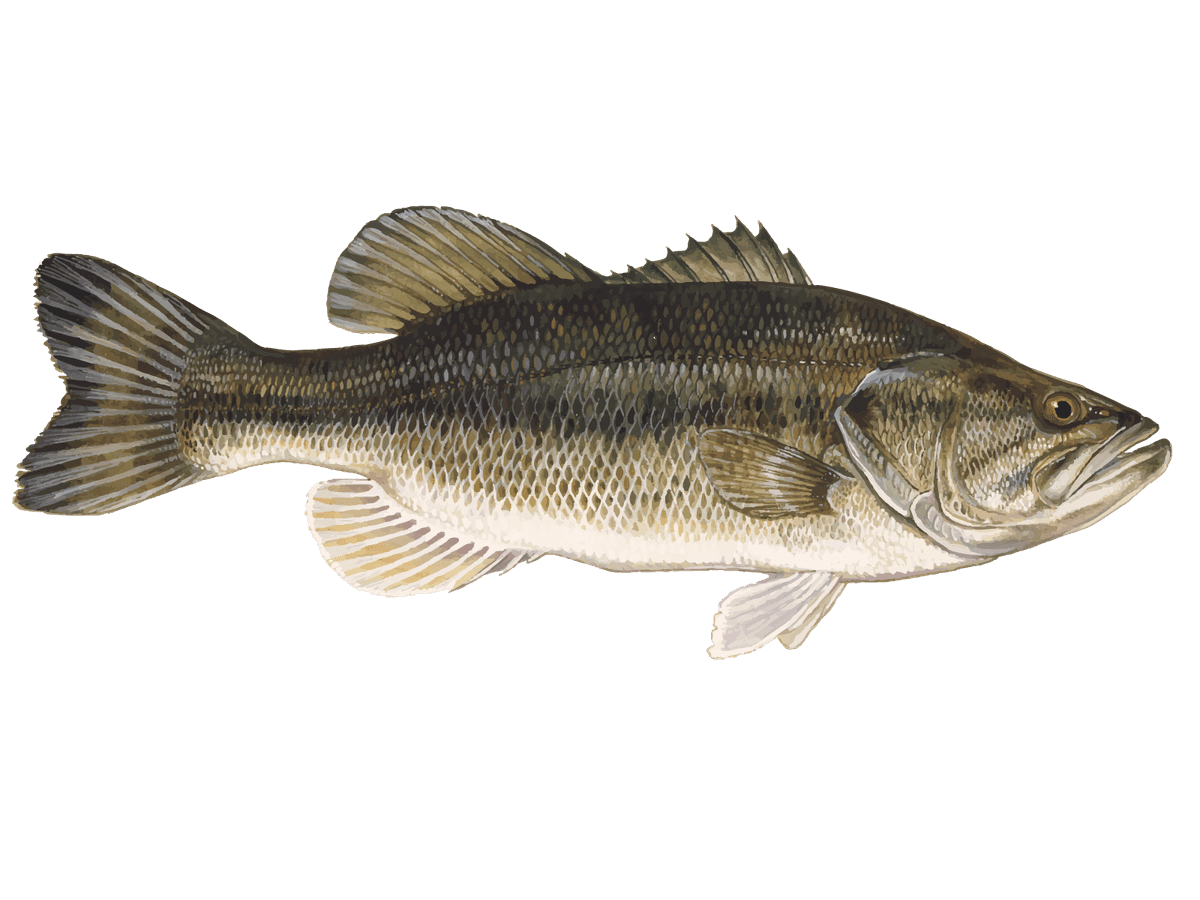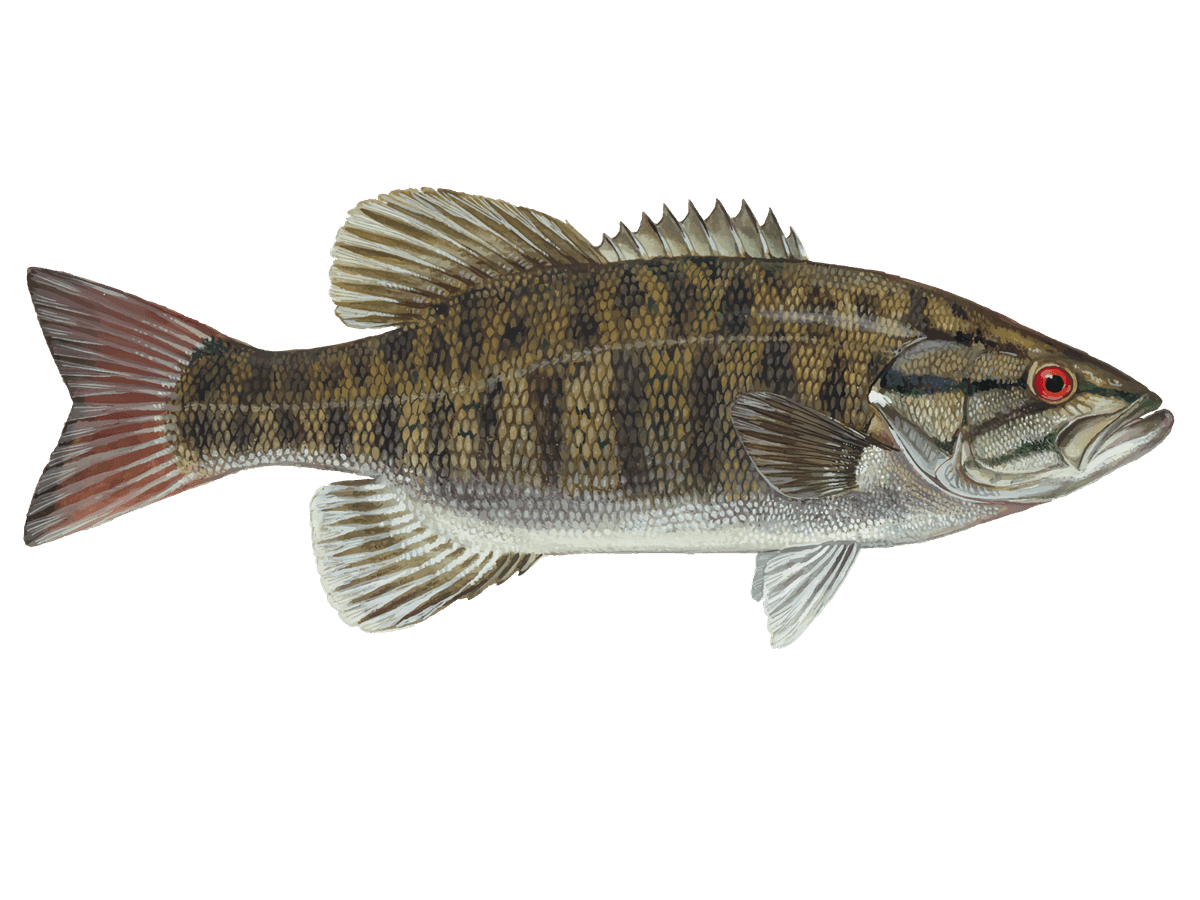NC Lake Fishing for Beginners | 4-Hour Charter
- Published Date: July 23, 2025
- Fishing
- North Carolina
- $250 - $500 price range
- Updated Date: October 1, 2025
Summary
Looking to get started with fishing in North Carolina? This 4-hour guided trip with Reel-Livin Outdoor Adventures is perfect for beginners. You'll head out on either Blues Lake, Badin Lake, or High Rock Lake with experienced guide Josh Snow. It's a private charter for just two guests, so you'll get plenty of personal attention as you learn the ropes. Josh will show you how to target Smallmouth and Largemouth Bass, Catfish, and Panfish using the provided gear. No need to worry about equipment - just bring your fishing license and a good attitude. Choose from morning or afternoon trips, depending on the season. It's a laid-back day on the water where you can build your confidence and hopefully land some nice catches. Remember, deposits are non-refundable, so be sure you're ready to commit before booking. Whether you're a complete novice or just looking to brush up on your skills, this trip offers a great chance to enjoy some quality time on North Carolina's beautiful lakes.
%2F%2Fusers%2F11293218-014a-42ab-8d3c-6ff8fcfcd268%2Fratecard%2F499505898_1506314220378696_2860727365181647290_n.jpg&w=1200&q=75)
Rods, Reels, and Catches
Get Hooked on NC Fishing with a Pro Guide
Ready to wet a line in North Carolina's prime fishing spots? Our beginner-friendly charters are the perfect way to kick off your angling adventure. Whether you're looking to land your first bass or just want to spend a relaxing day on the water, we've got you covered. Let's dive into what makes this trip a customer favorite for newbies and seasoned anglers alike.
What to Expect on the Water
Picture this: You're out on a glassy lake, the morning mist just starting to lift, with nothing but the sound of nature and the occasional splash of a fish. That's what you're in for with our 4-hour guided trip. We keep things low-key and personalized, with just you and one other person on the boat. Our seasoned guide, Josh Snow, knows these waters like the back of his hand and he's all about sharing that knowledge. We'll hit up Blues Lake, Badin Lake, or High Rock Lake - all top-notch spots for hooking into some quality fish.
Fishing 101: Gear and Techniques
Don't sweat it if you've never held a rod before - we've got all the gear you need, from rods and reels to bait and tackle. Josh will walk you through the basics, showing you how to cast, set the hook, and reel in your catch. We focus on techniques that work well for beginners, like drop-shotting for bass or using live bait for catfish. You'll learn how to read the water, spot likely fish hangouts, and maybe even pick up a trick or two that the locals use. Just remember to grab your fishing license before you come, and we'll take care of the rest.
Why Anglers Keep Coming Back
Folks love our trips because they're laid-back but still packed with action. Morning or afternoon, we'll time the trip to when the fish are biting best. You might start off targeting some easy-to-catch panfish to build your confidence, then move on to the hard-fighting bass or whiskered catfish. It's all about having fun and learning at your own pace. Plus, with just two guests, you get tons of one-on-one time with Josh. He's not just a guide; he's a teacher who loves seeing the light bulb go off when a newbie lands their first big one.
Species You'll Want to Hook
Largemouth Bass: The heavy hitters of our lakes, largemouth bass are the rockstars of freshwater fishing. These green machines can grow up to 10 pounds or more in North Carolina waters. They're known for their explosive strikes and acrobatic jumps when hooked. Spring and fall are prime times to target them, but they'll bite year-round if you know where to look. Anglers love largemouth for their fighting spirit and the challenge they present - landing a big one is something you'll be bragging about for years.
Crappie: Don't let their funny name fool you - crappie are serious business. These tasty panfish travel in schools, so when you find one, you've often found a bunch. They're most active in spring during their spawn, but fall can be excellent too. Crappie are perfect for beginners because they're relatively easy to catch and make for some fantastic eating. Plus, reeling in a mess of these silver-sided beauties is just plain fun.
Smallmouth Bass: The scrappy cousins of largemouth, smallmouth bass are pound-for-pound some of the hardest fighting fish in our lakes. They prefer cooler, rockier areas and are known for their acrobatic fights. Smallmouth fishing really heats up in late spring and early summer. Anglers love targeting these "bronzebacks" for their aggressive strikes and the technical challenge they present. Catching a big smallie is often the highlight of a fishing trip.
Channel Catfish: The whisker-fish of our waters, channel cats are a blast to catch and even better to eat. They're bottom feeders that can grow to impressive sizes, with some topping 20 pounds or more. Catfishing is often best at night or early morning, but they'll bite all day if you know how to tempt them. Folks love catfish for their hard pulls and the anticipation of not knowing how big the fish on the end of your line might be until you see it.
Blue Catfish: The giants of our catfish world, blue cats can grow to truly massive sizes. While the average catch might be in the 5-15 pound range, there are monsters lurking in our lakes that can top 50 pounds or more. Blues are active year-round but really turn on in the cooler months. Anglers target these behemoths for the thrill of the fight and the bragging rights that come with landing a true trophy fish.
Time to Book Your Spot
So there you have it - a day on the water that's tailor-made for folks just starting out in fishing. You'll get hands-on experience, learn from a pro, and maybe even catch your new personal best. Whether you're looking to pick up a new hobby or just want a fun day out with a friend, our North Carolina Fishing Charters for Beginners is the way to go. Remember, spots are limited to keep things personal, so don't wait to book. Grab your hat and sunscreen, and let's get you out on the water. Who knows? You might just get hooked on fishing for life. Give us a call or book online - the fish are waiting!
Learn more about the species
Blue Catfish
Blue cats are the giants of our lakes, commonly 20-40 pounds but capable of topping 100. You'll find them in deep channels and holes, often near structure or drop-offs. They're most active in cooler months, especially at night. Blues are prized for their size and fight - hooking one feels like snagging a submarine. They're not picky eaters, which makes them fun to target. For table fare, smaller ones are best. My local tip is using fresh cut bait - shad or herring work great. Fish it on the bottom with a heavy sinker to hold in current. When a blue cat hits, you'll know it. They tend to take off on long, powerful runs. Make sure your drag is set right, because these bruisers can snap light line. Gloves are a must for handling them - they're slimy and those fins are sharp!

Channel Catfish
Channel cats are the bread-and-butter of lake fishing, usually 2-4 pounds but capable of topping 20. You'll find them near the bottom in deeper holes, around submerged logs, and near creek mouths. They're most active at night, especially in summer. Catfish aren't known for their looks, but they put up a good fight and make excellent table fare. Anglers love their reliability - when other fish aren't biting, cats often are. My local trick is using chicken liver or cut bait on the bottom. Let it sit and be patient - catfish often take their time investigating before committing. When they do bite, it's usually a solid take. Set the hook firmly, as their tough mouths need a good hookset. Be careful handling them - those spines on their fins can give a nasty poke!

Crappie
Crappie are perfect for beginners - they're abundant, eager to bite, and delicious to eat. These pan-sized fish usually run 7-12 inches and under a pound. You'll find them schooling near brush piles, fallen trees, and dock pilings. Early spring is prime time when they move shallow to spawn. They're most active at dawn and dusk. Crappie aren't known for long fights, but their light bite and tasty white meat make them popular. Use light tackle - a small jig under a bobber is deadly. My local tip: try a minnow on a slip bobber, adjusting depth until you find the school. Once you catch one, there's likely more nearby. In summer, look for them suspended over deeper structure. A slow retrieve with pauses often triggers strikes. Keep a variety of jig colors handy - they can be picky some days.

Largemouth Bass
Largemouth bass are the kings of our lakes, averaging 2-4 pounds but capable of topping 10. You'll find them lurking near submerged logs, weed beds, and drop-offs. Spring and fall are prime time, when they're feeding aggressively in shallower water. Summertime, they'll go deep to stay cool. These fish put up a serious fight - explosive strikes and acrobatic jumps make them a blast to catch. Their size and strength challenge even experienced anglers. For eating, smaller ones under 3 pounds taste best. My go-to trick is working a plastic worm slowly along the bottom near cover. Let it sit, then give it a little twitch. The bass can't resist. Patience pays off - sometimes you'll feel a few taps before they commit. When they do, set the hook hard and hold on tight!

Smallmouth Bass
Smallmouth bass are the scrappy cousins of largemouth, typically 2-4 pounds but capable of reaching 6-7. You'll find them in clearer, cooler water with rocky or gravel bottoms. They love current, so target areas near drop-offs or underwater points. Spring and fall are peak seasons when they're most active in shallower water. Smallmouth are known for their acrobatics - expect hard strikes and aerial jumps when hooked. They put up a fierce fight on light tackle, which is why anglers love them. For eating, they're tasty but often released to preserve the fishery. My go-to tactic is using soft plastic crawfish imitations. Bounce them along the bottom, mimicking the real thing. When a smallmouth hits, it'll feel like the bait got slammed by a truck. Set the hook fast and hang on - these bronzebacks don't give up easy!

About the Nitro Bass Boat
%2F%2Fusers%2F11293218-014a-42ab-8d3c-6ff8fcfcd268%2Fvehicle_picture%2Fjoshsnow.jpg&w=1200&q=75)
Vehicle Guest Capacity: 2
Manufacturer Name: Tracker
Maximum Cruising Speed: 15
Number of Engines: 1
Horsepower per Engine: 90
Ready to dip your toes into lake fishing? Join guide Josh Snow of Reel-Livin Outdoor Adventures for a relaxed 4-hour trip tailored for newcomers. You and a buddy will cruise the calm waters of Blues Lake, Badin Lake, or High Rock Lake in search of bass, catfish, and panfish. Josh provides all the gear and know-how, so you can focus on learning the ropes and enjoying the scenery. Whether you're casting at dawn or reeling in the afternoon sun, this private charter offers the perfect low-pressure environment to build your fishing skills. Don't sweat the small stuff—just grab your license and prepare for a chill day on the lake. With only two guests per trip, you'll get plenty of one-on-one guidance to help you land your first catch. Morning and afternoon options let you pick the time that works best for you. Remember, deposits secure your spot, so plan ahead for your North Carolina fishing adventure.
%2Ffit-in%2F250x250%2Fguide_websites%2F7195%2Fimages%2Flogo-removebg-preview.png&w=1200&q=100)


%2Ffilters%3Aformat(webp)%2Fusers%2F11293218-014a-42ab-8d3c-6ff8fcfcd268%2Fimages%2Flargemouth-bass-caught-king-2663.jpg&w=768&q=75)
%2Ffilters%3Aformat(webp)%2Fusers%2F11293218-014a-42ab-8d3c-6ff8fcfcd268%2Fimages%2Ffishing-adventure-king-2688.jpg&w=768&q=75)
%2Ffilters%3Aformat(webp)%2Fusers%2F11293218-014a-42ab-8d3c-6ff8fcfcd268%2Fimages%2Flargemouth-bass-nc-fishing-2497.jpg&w=768&q=75)
%2Ffilters%3Aformat(webp)%2Fusers%2F11293218-014a-42ab-8d3c-6ff8fcfcd268%2Fimages%2Fstriped-bass-fishing-nc-3190.jpg&w=768&q=75)
%2Ffilters%3Aformat(webp)%2Fusers%2F11293218-014a-42ab-8d3c-6ff8fcfcd268%2Fimages%2Fincredible-fishing-adventure-king-2696.jpg&w=768&q=75)
